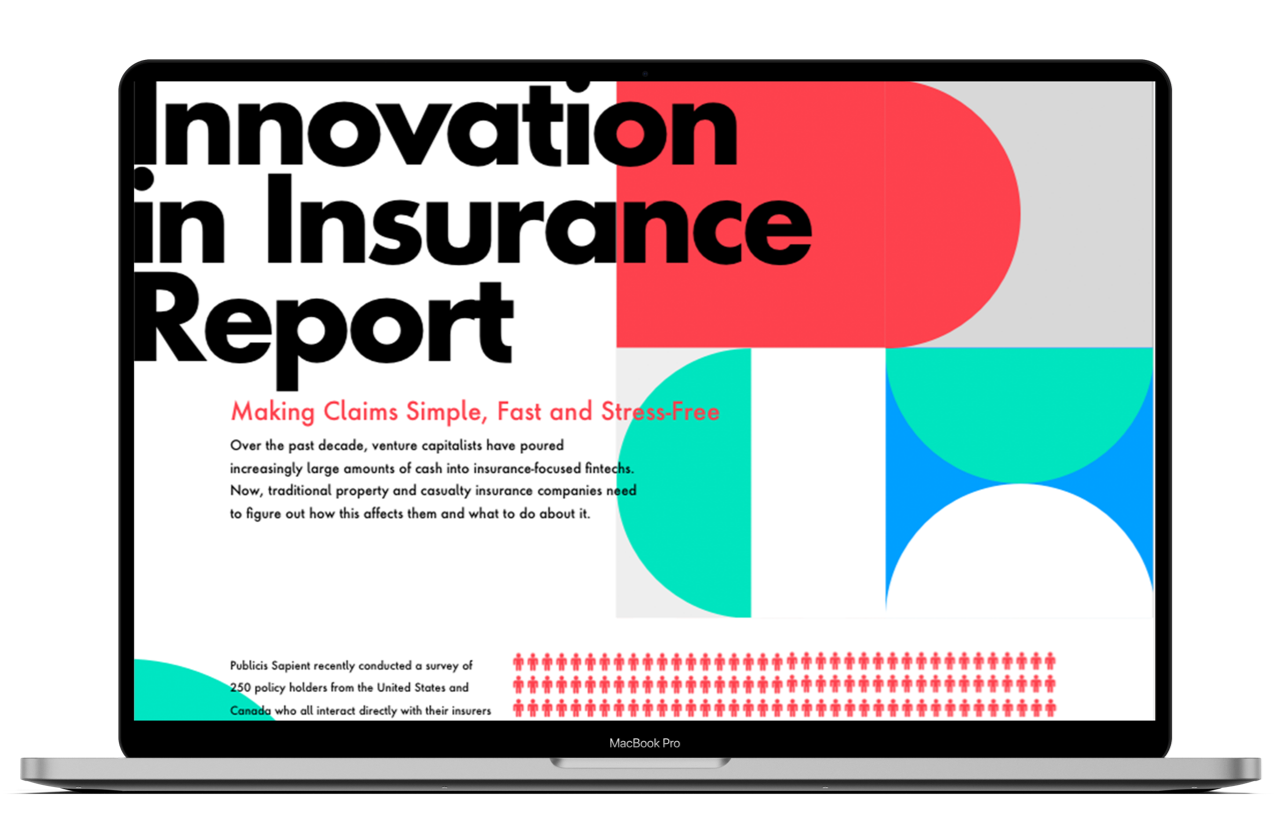What issue can we solve for you?
Type in your prompt above or try one of these suggestions
Suggested Prompt


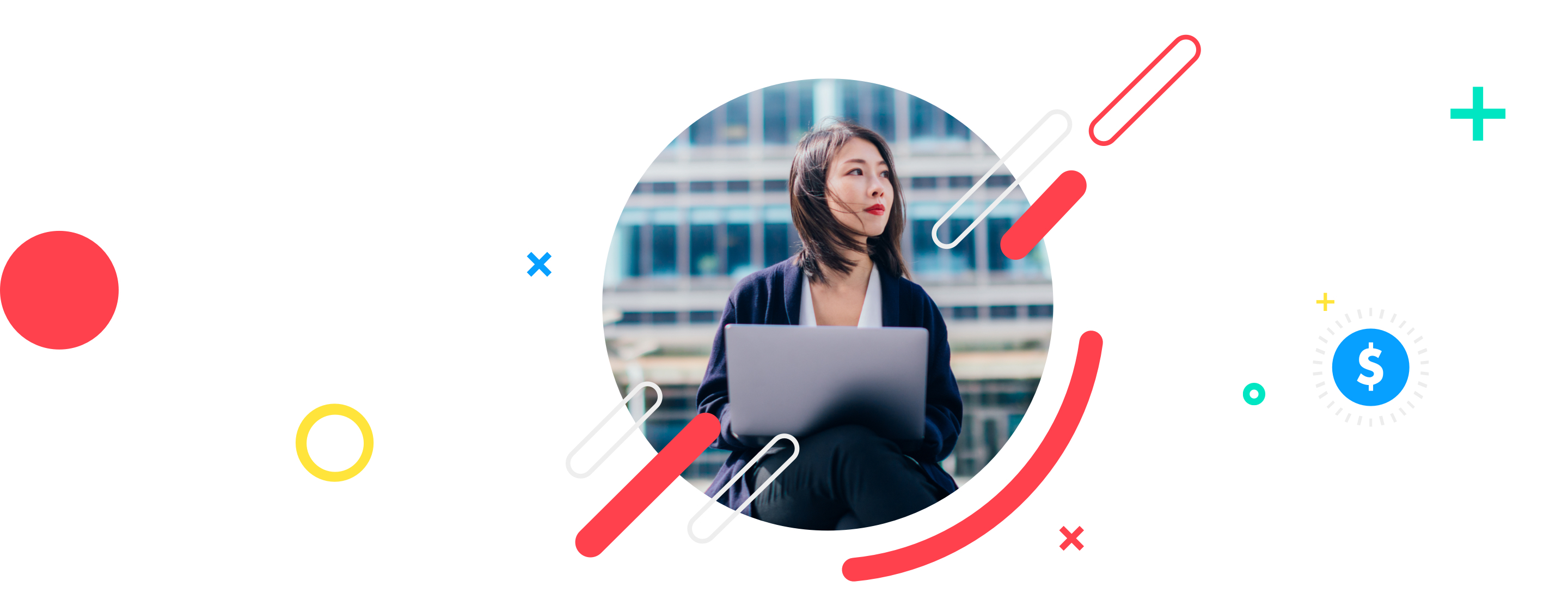
Five Ways Insurance Carriers Can Improve the Agent Experience
Five Ways Insurance Carriers Can Improve the Agent Experience
Independent insurance agents are still the preferred option for purchasing insurance today. In 2020, independent agents originated 59 percent of property and casualty (P&C) premiums. While it may be faster and easier for customers to purchase via the D2C channel, statistics indicate that customers still prefer to work with an independent agent who can recommend the right insurance policy based on their unique needs.
While carriers have heavily invested in direct to consumer (D2C) channels, D2C accounted for a relatively modest 11 percent of the premiums in 2020, a 2 percent increase since 2015.
P&C Gross Premiums written by distribution channel (2015-20)
.png)
Source: McKinsey
Broader consumer trends and preferences show that D2C channels are likely to continue growing but alongside general trends it’s clear that consumers still prefer to purchase from independent agents. As of 2020, captive agents lost 4 percent of the market share since 2015 due to lower customer satisfaction. Carriers have taken note and insurers such as Nationwide are transitioning all formerly captive agents to independent agent channels.
Given this climate, the goal for independent agents is to spend more time on sales and advice to customers and less on servicing, which includes activities such as processing policy changes and bill payments. Independent agents are adopting software to enhance their efficiency in sales, underwriting and service to better meet customer needs and expectations. Considering these trends, carriers can alleviate pain points in four major areas.
Top pain points agents have with insurance carriers
1. Processing policy questions and changes
Insurance agents are spending a tremendous amount of time waiting on the phone for customer service representatives at insurance carriers, with wait times occasionally reaching 90 minutes even for standard policy changes. While agents understand that carriers are understaffed due to the pandemic, this is not sustainable. During our agent interviews, we consistently heard that chatbots frustrated agents looking to answer policy questions or process policy changes for their customers. Carriers can enhance their chatbots and expand online functionality for agents to quickly update policies, with automated notifications when policy updates are needed. This will also reduce call center wait times.
2. More transparency in the underwriting process and access to underwriters
When appealing or reviewing underwriting decisions, agents agreed that they would like more transparency in the process and access to carrier underwriters. During our agent interviews, we learned that agents would appreciate having consistent access to the same underwriters for a given product. There’s also recognition that underwriters need to pivot to a stronger focus on the customer rather than the traditional transactional nature of their role, now exacerbated by the increasing digital nature of the underwriting process. Giving agents more direct access to underwriting features would enable them to better understand the policy makeup and pricing, which they could communicate back to the customer.
3. Time spent on servicing
Agents feel like they spend too much of their time on servicing tasks for their customers rather than offering sales and advice. For more mundane tasks like bill payments and automatic policy renewals, agents would be willing to let the carrier take over those tasks. However, agents are aware of the value of their direct relationship with the customer and want to maintain their place as point of contact for moments that matter and continued customer trust. One example is the initial intake of claims – agents play a valuable role in determining whether the claim should be processed by the carrier given the policy deductible and long-term premium impact.
4. Lack of customer insights
Agents rely on their agency management software (AMS) as their tool for customer relationship management. For every interaction with the customer, agents refer to their AMS to provide information on the customer. Simple business rules can be set up to trigger agent notifications at customer events such as renewals. For example, one agent we spoke to employs a rule in their AMS to provide an alert to the agent when a customer’s policy increases by more than 12 percent in a given year. This prompts the agent to look at alternative carriers or policy changes. Given rising costs due to inflation, many policies are increasing by 12 percent or more so the effectiveness of these simple rule-based approaches are not meeting agent needs. Carriers could take this opportunity to provide more robust customer insight dashboards, incorporating third party data and machine learning algorithms to provide more robust insights. Since carriers have an abundance of data in their systems, new and enhanced insights and notifications can easily be deployed and refined based on agent feedback. In our interviews, agents noted they would value technology that scans their existing book to identify and prioritize opportunities for additional policies and enhanced coverage.
Agency Management Software (AMS) provides a 360° view of a client’s policy information to track prospects and facilitate servicing, including renewals, policy questions and policy changes.
Independent agent personas
We interviewed independent agents serving personal and small business line customers to better understand their needs, behaviors, and challenges in their role. Based on our research findings, we created two agent segments: agents at mid-size agencies (typically around 15,000 total agency personal line customers) and agents at small, community agencies (typically around 3,000 total agency personal line customers). Based on those segments, we created personas. Personas tell us what people do and bring the segments to life. They help us to understand the emotional and behavioral triggers and needs for people in a segment.
Agent Interview Topics
-
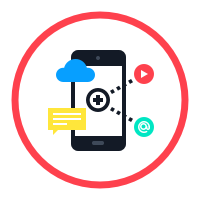
Channel usage -
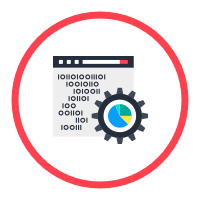
Technology usage -
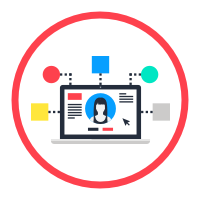
Onboarding (carrier set-up) -
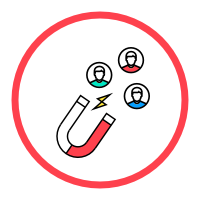
Customer acquisition approach -

Customer retention / growth plan -
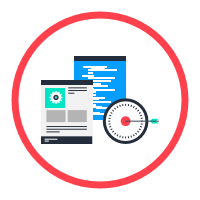
Pain points with carriers -

Carrier differentiators
Julie (mid-size agency)
-

Demographics
Female, 55, Married
Bethpage, NYBackground
- 30 years in Insurance, including 10 years at her current agency
- Likes the people she works with
- Office is close to home
- 36 employees in total, 9 work closely with her in Personal Lines
- Serves as Office Manager for Personal Lines - she is the most experienced agent
- Works directly with around 1,700 active customers (out of 15,000 total personal lines customers)
- Speaks with 5 customers per day on average
- Given her experience, she manages customers with special needs such as insuring an expensive waterfront home or high-value artwork
- Hoping to retire in the next 5 years
Needs
- Mainly focused on selling new insurance policies, both to new and existing customers
- Uses streamlined quoting tools for both auto and home insurance
- Wishes her agency had a better website that is more modern and enables customers to quote policies 24/7
- Wants more customer insights to make every interaction a positive one, especially in key moments like claim submissions
- When customers need to renew their homeowners policy, Julie proactively alerts them when there’s a premium increase and provides options to reduce the premium
- Wishes she had tools smarter than their AMS - she can only set basic business rules (e.g. an alert if policy premiums go up by more than 12% at renewal - which applies to most of their customers today)
-
Challenges
- Finds the underwriting process to be one of her biggest challenges
- Hard for her to understand how underwriting features ultimately impact policy makeup and pricing, which makes communication to the customer difficult
- Uses their Constant Contact email platform for customer outreach, including prospect follow ups and existing customer communications
- Every Monday, Julie catches up on various admin tasks including adding new prospects and customers to their email outreach list in Constant Contact (unfortunately there's no integration between the AMS and Constant Contact) - which she feels is not the best use of her time
How carriers can help me
- Marketing: the agency website - Provide the agency with a website platform so they can offer a better site with quick auto and home quotes available 24/7
- Customer insights - Give Julie a dashboard with enhanced insights beyond what the AMS offers - e.g. why a customer's premium increased and available discounts
- Underwriting transparency - Provide Julie with access to see the underwriting features that impact the policy makeup and price. Provide more direct access to carrier underwriters
- Marketing: customer outreach - Enhance Julie's existing prospect conversion and cross-sell efforts with relevant email campaigns that include her agency's contact information
My technology use
- Agency Management System (AMS): Vertafore AMS360. Provides a 360 ° view of a client's policy info. Enables Julie to track prospects and facilitates servicing, including renewals, policy questions and policy changes
- Streamlined quoting: Vertafore PL Rating (for Auto) and e2Value (for Home property valuation). Enables Julie to offer multiple competitive personal line quotes in the time it takes to get one quote from a carrier's website. Integrates with their AMS and various third- party data sources
- Backoffice automation: Vertafore Sagitta to streamline their back office functions and eliminate costs associated with manual processes
-
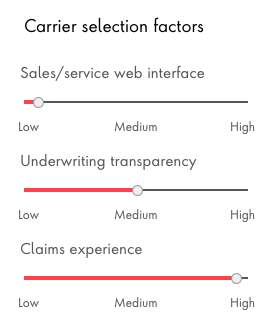
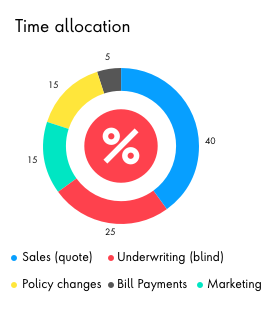
Agency customers
The agency serves a total of 15,000 personal lines customers across the agency. In addition to personal lines, the agency also provides individuals with life insurance, health insurance (including disability and long-term care insurance), and services small and medium size businesses (up to 1,000 employees)
Time allocation notes
- Spends 40% of her time in Sales, which is where she would like to spend the majority of her time
- Policy under writing (25%) support takes more time than she would like
- Updates the marketing campaign lists (15%) on a weekly basis so that prospects and existing customers receive regular and relevant information from her agency
- Policy changes (15%) involve communicating the change to the carrier and ensuring the policy is updated to the customer's satisfaction
- Spends some time collecting bill payments (5%) from customers when necessary, but usually the customer pays the carrier directly
Robert (small agency)
-

Demographics
Male, 58, Married
Waterbury, CTBackground
- Has only 5 years experience in Insurance, including 2 years at his current agency
- Still spends a lot of time in training to get onboarded to carrier systems and processes
- Wishes that the carriers could provide more training on specific topics that he struggles with as someone new to industry
- Not happy at his current agency due to their lack of online marketing and technology, making customer acquisition harder
- Works directly with about 750 customers (out of 3,000 total Personal Lines customers)
- Works with 3 other agents in Personal Lines
- Plans to work in this field until retirement (about 10 years out)
- Enjoys the work/life balance since the hours are somewhat flexible in a smaller office
Needs
- Robert lacks technology in general - one example is the lack of a quoting tool (to pull multiple carrier quotes at once). As a result, he selects a carrier based on the customer’s driving history, cost of their home, etc. It’s too time consuming for him to price shop
- Robert calls the carrier to log his customer’s claims as soon as possible. An easy-to-use submission website would enable him to log the claim quickly and then follow up with more information as needed
- More training would increase Robert’s efficiency and help him close more leads (he’s fairly new to the industry)
- Robert also needs to think about his own book of business to ensure that his quotas and loss ratios are met (these are incentives from the carriers)
-
Challenges
- Robert gets very frustrated waiting up to 90 minutes for the right customer service rep at carriers. He doesn't bother with chatbots - they aren't sophisticated enough to resolve his issues
- Robert's agency doesn't do any digital marketing - their only outreach is through the local newspaper and word of mouth. The agency doesn't take the funding offered from carriers for marketing. As a result he finds it harder to find new customers
- Some customers don't do online payments so they can't take advantage of discounts with certain carriers - this creates more work for Robert
How carriers can help me
- Improve the quote process - Make the sales (quote) website easier to use and faster so he will use it more frequently - usually Robert goes with the first quote even if a better deal might be available
- Expedite claims handling for standard claims via an easy-to-use submission website
- Training - Provide more on-demand training options so that Robert can increase his understanding of more complex insurance policies and provide better service to customers
- Reduce wait time for reps - Cut down his time waiting on the phone for carrier customer service reps. Improve the chatbot functionality so it resolves common issues. When the chatbot determines a customer service rep is needed, route him to the right one
My technology use
- Agency Management System (AMS): Applied Epic (similar to Vertafore AMS360 in functionality) which he uses throughout the day
- Streamlined quoting: Not available. He goes directly to the carrier website for quotes for auto, home and other insurance products
- No back-office automation software
-
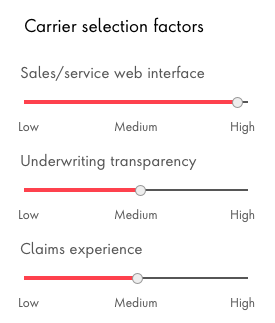

Agency customers
His agency serves a total of 3,000 Personal Lines customers across the agency. In addition to Personal Lines, the agency also provides a number of insurance policy offerings to small and medium size businesses (up to 1,000 employees)
Time allocation notes·
- Would like to spend more than 35% of his time in sales, but has many other responsibilities that take up his time
- Policy under writing (45%) support takes more time than he would like
- Policy changes (20%) are time consuming, especially due to wait times when he needs to speak with customer service
- Spends time collecting bill payments (10%) from mostly older customers that aren't comfortable paying online
Customer marketing, sales and service journeys for independent agents
The agent experience in sales and service can vary significantly depending on their carrier and their agency’s digital capabilities. To highlight these differences and impacts, we created current and future state journeys that highlight the experience from the perspective of the agent. Journeys highlight opportunities to improve the agent (or customer) experience and develop agent-focused strategies that best address the agent’s needs. The journeys below also highlight five opportunities for insurance carriers to improve the agent experience that are described in detail in the next section.
-

Agent Journey: Future State

Agent Journey: Current State
-

- Prospect visits agency website
- Prospect submits basic info for quote from agency's primary carrier

Website Visit

- Prospect visits agency website
- No ability for customer to get a quote, so they need to call the agency
-

- Agent receives prospect info in dashboard
- Agent calls customer to share potential policy info from Vertafore PL Reader (auto) and e2Value (home)

Connect
with agent
- Prospect calls agent for quote on auto & home
- Agent provides quote via carrier website
- Agent selects carrier based on customer's driving history/cost of home
-

- Prospect automatically receives email campaigns for home/auto
- Customer receives both branded (from agency) and unbranded (from carrier) email content

Marketing

- Agent logs prospect in AMS and adds customer to agency email campaign (constant contact)
-

- Prospect calls agent to purchase policies
- Based on customer profile in AMS and insights from carrier dashboard, agent recommends umbrella and personal articles policies
- Customer agrees
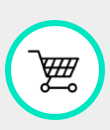
Purchase

- Prospect calls agent to purchase policies
- Based on customer profile in AMS, agent recommends umbrella policy
- Customer agrees
-

- Agent calls the carrier and is routed to their preferred carrier underwriter to make updates

Policy change
(home addition)
- Agent calls and waits 30 minutes to speak with carrier underwriter to submit info
-

- Customer pays carrier directly via autopayment set up with agent's help
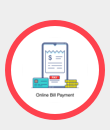
Bill payment

- Customer calls agency to make payment via customer service rep
-

- Agent submits claim via agent portal with pictures
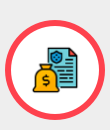
Claim

- Producer calls carrier, waits 30 minutes before submitting claim
Opportunities for insurance carriers to improve the agent experience
Insurance carriers have the scale and technology capabilities needed to deliver a great agent experience across marketing, sales and service, and win more business from their agents. We have the following five recommendations for carriers to focus on:
1. Build new, high-tech customer touch points that enable agents to engage customers
Nationwide created a platform for agencies to build their own, customized web pages for their agencies.
The platform, Nationwide Express, enables agencies to reach and sell to customers online at any time. Multiple product quotes are available in as little as two minutes enabling agencies to reach and sell to customers online 24/7.
Carriers can develop digital tools that enable agents and customers to engage virtually, including providing video capabilities and enabling the agent and customer to connect with advisory experts from the carrier to help answer questions.
Massachusetts-based Hanover Insurance launched its digital platform Insurago so independent agents can flexibly answer customers’ policy-related questions and offer advice at any time during the buying process. Insurago provides easy access to real life agent expertise for customers who need guidance or support.
2. Boost Salesforce effectiveness with enhanced sales and underwriting tools
American Family Insurance acquired Bold Penguin to make it easier for small businesses to purchase insurance. Bold Penguin upgrades the user experience for businesses purchasing insurance and creates an easy-to-use sales and underwriting tool for agents. Agents use Bold Penguin’s digital exchange to search a range of insurers to match, quote and bind policies for small businesses. Although American Family Insurance acquired the company, Bold Penguin continues to operate as a subsidiary and separate platform that small businesses can trust to get the best policy and price.
Assured Partners, a US partnership of independent insurance brokers, collaborated with Vertafore to develop the distribution platform Project Fusion, which connects end-insured agents and carriers for real-time commercial policy quoting and binding. By combining advanced analytics and third-party data, insurers can quote and bind a commercial policy in minutes rather than days, decreasing manual inputs by agents buy up to 90 percent.
3. Automated marketing tool
Carriers have built direct to consumer marketing engines and can expand on this offering to build tools for agents to use. Agents have a gold mine of customer data that carriers wish they had access to. If carriers were to extend their marketing capabilities to their agents with robust, easy to use marketing tools, this could be a huge differentiator. Agents would be able to expand their digital marketing capabilities, while carriers would extend their reach to additional customers and gain additional data points on customers. This data would include marketing engagement data that carriers can leverage for deepening existing customer relationships and proactively reaching out to potential customers.
Benefits
- 4 different pre-built content Libraries for US and Canadian customers to empower marketing efforts
- Access to more than 1,000 pieces of P&C & benefits-focused content
- Content includes articles, infographics, deep dives, checklists
- Allows branding content to their individual businesses and distribute
Usage
Content can be sent as a single client sett up or recurring automated marketing campaign to drip feed information to a select audience, also curation and content customization
Other features of the tool entails
- Contact list management
- Sales management
- Reporting and analytics (agents can track the messages and content audiences are engaging with the most)
Applied Systems (vendor of the popular Epic AMS product) recently launched Applied Marketing Automation, which allows agents to quickly build and track results of marketing email campaigns, delivering relevant, timely content and proposals to clients. Integration with the Applied Epic AMS makes it the insurance industry’s first natively integrated marketing automation application.
4. Build a platform for agents with an enhanced 360-degree view of customer to deepen the relationship
Zurich created MyZurich, a dedicated agent portal available on PCs, tablets, and smartphones. The tool’s video capabilities allow customers and sales agents to seamlessly communicate and access multiple layers of information in a personal setting. A particularly popular function is the AI-driven smart-leads generation tool that enables agents to cross-sell proactively and contact potential customers at the right time with the right proposition. Today, agents using MyZurich generate around 4,500 quotes each day and issue about 1,000 policies.
5. Improve an agent's ease of doing business (e.g. claim submission) with digital platforms
Insurance carriers should invest in digital self-serve platforms and portals for agents. This will increase agent satisfaction and carrier loyalty. The journeys that agents take for sales and service can vary significantly depending on their carrier and their agency capabilities.
In 2020, RSA (a Canadian insurer) streamlined and simplified the claims reporting process with a new first notification of loss (FNOL) platform. It enables the agents to submit commercial FNOLs digitally on behalf of customers. Accessed via RSA’s new insurance broker website, the platform sets out the information required to get the claim up and running as quickly as possible.
In 2021, Wawanesa Mutual Insurance Company in California launched a new digital educational platform designed to support the company’s broker partners. The new Broker Continuing Education platform provides access to training on-demand. The platform will be available on both desktop and mobile devices. With the new program, Wawanesa hopes to further build on its commitment to brokers and empower them with better digital training tools to provide excellent service to their mutual policyholders.
Summary
While there’s currently much attention on carriers improving their D2C channel and capabilities, they should not forget that agents still own most customer relationships and P&C insurance distribution today. Carriers can differentiate themselves and win more market share by providing agents with enhanced digital capabilities and platforms that enable them to efficiently serve their customers and focus more time on sales and advice – a virtuous cycle for carriers.
Related Reading
-
![]()
Transforming the Claims Process: Why Insurers Need to Optimize Experience, Quality and Efficiency
We asked 250 policyholders what they want insurers to do differently. Download our report to find out what they said.
-
![]()
Break Through Growth Plateaus with Customer-Centricity
Is your customer growth plateauing? It could be time to move to the next phase.
-
![]()
Data-Driven Personalization in Banking
Financial services organizations are losing customers, losing market share and losing money. Discover how data-driven personalization can stop this.





